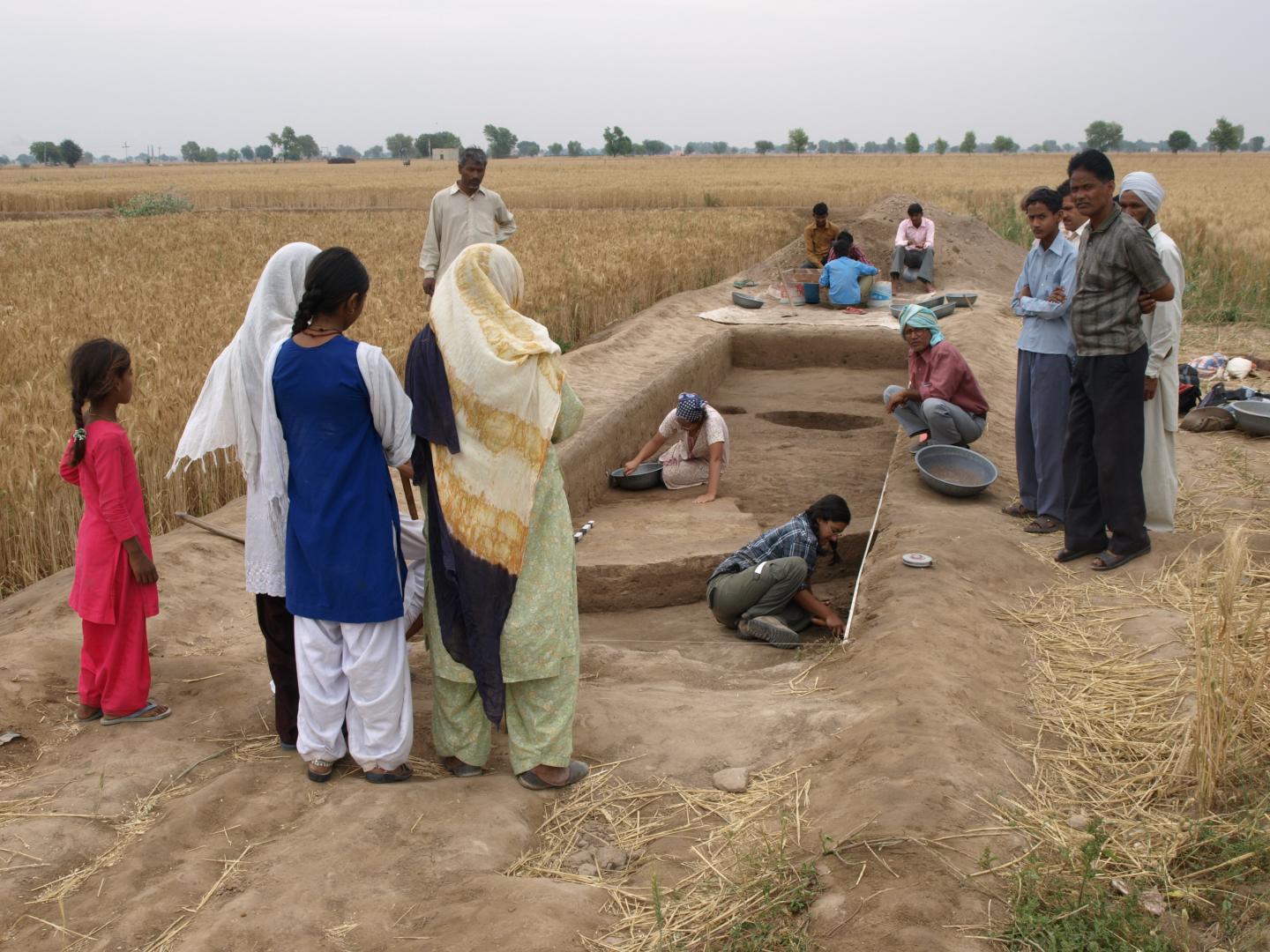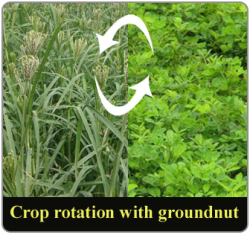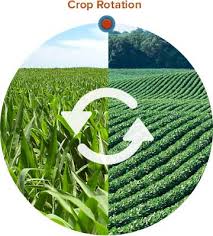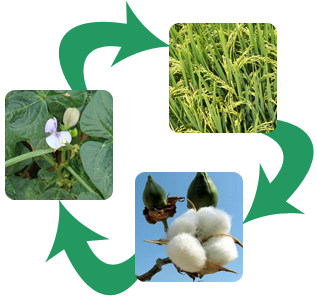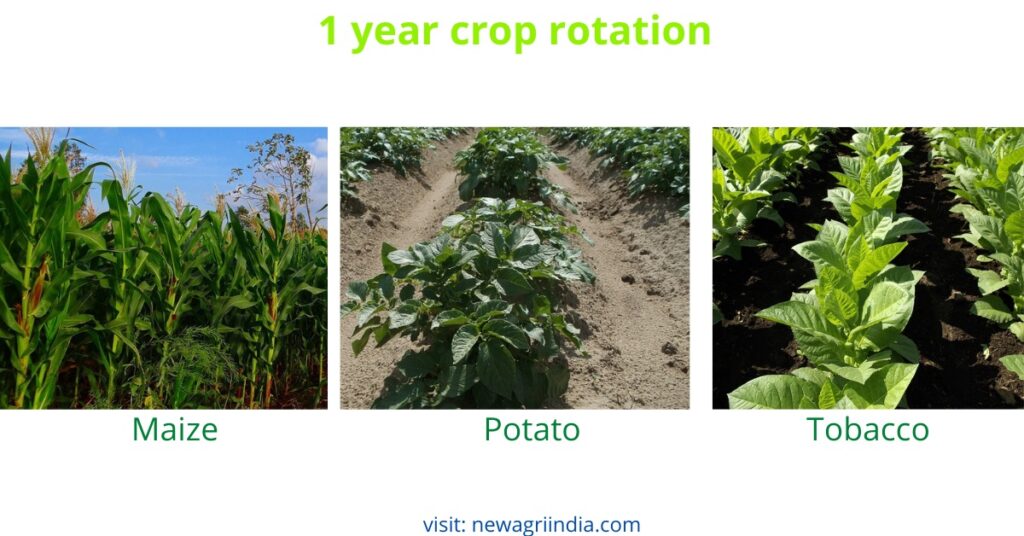Crop rotation is a farming practice that involves planting different crops in a specific order on the same piece of land. It is an important technique that has been used for centuries by farmers all over the world, including in India. Crop rotation has a number of benefits, including improving soil fertility, controlling pests and diseases, and reducing the need for synthetic fertilizers and pesticides.
In India, crop rotation is an important practice for many farmers, particularly in the northern states where the main crops are wheat and rice. These crops deplete the soil of certain nutrients, such as nitrogen, which must be replenished in order for the soil to remain fertile. One way to do this is by planting leguminous crops, such as lentils or beans, which have the ability to fix nitrogen from the air and enrich the soil. By rotating these crops with wheat and rice, farmers can maintain the fertility of the soil and improve crop yields.
Crop rotation can also help control pests and diseases. Some crops are more prone to certain pests and diseases than others, and rotating the crops can help reduce the likelihood of these problems occurring. For example, if a farmer grows the same type of crop year after year, pests and diseases that affect that particular crop may build up in the soil, making it more likely that future crops will also be affected. By rotating the crops, the farmer can help reduce the population of these pests and diseases, which can lead to healthier crops and higher yields.
In addition to these benefits, crop rotation can also help reduce the need for synthetic fertilizers and pesticides. These chemicals can be expensive and can have negative environmental impacts, such as pollution of waterways and soil degradation. By rotating crops and using natural techniques to enrich the soil and control pests and diseases, farmers can reduce their reliance on these chemicals and adopt more sustainable farming practices.
Overall, crop rotation is an important technique that is widely used by farmers in India and around the world. It helps improve soil fertility, control pests and diseases, and reduce the need for synthetic fertilizers and pesticides, all of which contribute to more sustainable and productive agriculture.

